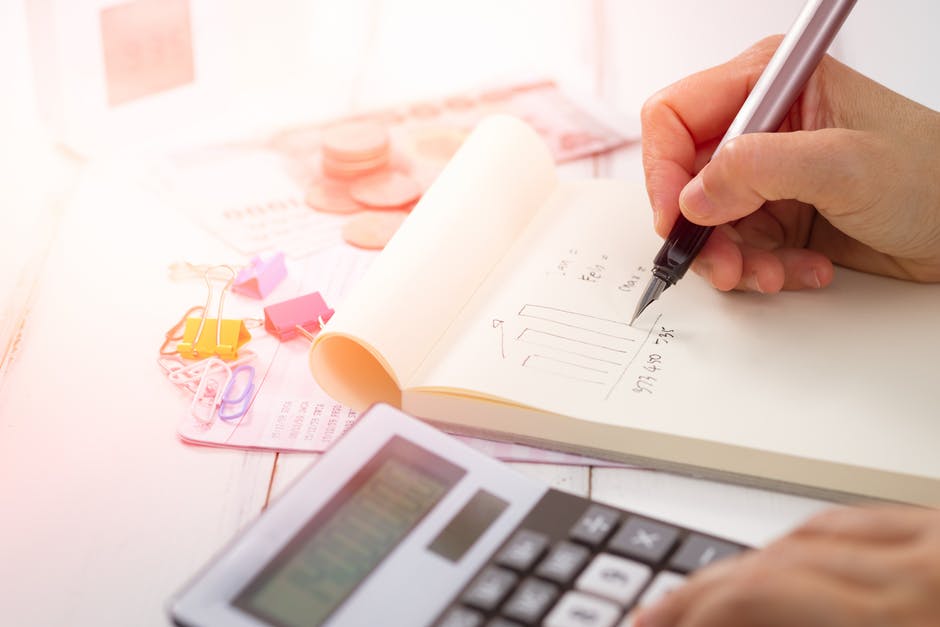Benjamin Franklin noted two certainties in life: death and taxes. How right he was!
For small business owners, they know that taxes are a certainty, but they find it a very confusing world to navigate. This year was the first year of the Tax Cuts and Jobs Act, which made this tax season even more confusing.
That leaves many to ask one question, “How much should I set aside for small business taxes?” If you don’t handle this the right way, you could be paying too much or too little in taxes. Read on to find out how much money you should set aside for your taxes.
Understand Your Tax Obligations
Every business is unique and has its own unique challenges. The first step to figuring out how much you should set aside for taxes is to know your tax obligation.
You have federal taxes. For self-employed individuals, you’re responsible for paying social security and Medicare. This totals out to 15.3%. This is paid regardless of how much profit your business shows.
You will also have a state income and sales taxes, too. If you do business in other states, you may have a nexus tax or a franchise tax.
Do you have employees? Be sure to factor in the employee tax.
This is not an exhaustive list. You’ll want to work with your CPA to make sure you have all of your tax obligations covered.
What Happens if You Don’t Set Aside Money for Taxes?
Let’s say you’re a struggling entrepreneur and you don’t set aside money for taxes. What could happen?
Assuming that you have nothing set aside and you didn’t pay estimated taxes throughout the year, you’ll be in for a shock.
Well, for starters, you will get hit with a big tax bill. You will have to pay your entire tax bill and pay penalties and interest, too. IRS rules state that you need to pay estimated taxes if you expect to owe $1000 or more in a tax year.
Business owners get into a situation all too often where they can’t afford to pay their tax bill and wind up visiting the IRS to get things cleaned up. It becomes an expensive lesson to learn, but it doesn’t have to be that way.
How Much Should You Set Aside
Now that you know why you need to pay your taxes on time and set aside money for it, how much do you need to pay your small business taxes?
At a minimum, save up 15.3% to cover your self-employment tax. This is usually enough for newer businesses or sole proprietors that have little income to report. This figure doesn’t include state taxes or other tax obligations.
Where you have state income taxes, you will need to add more to your savings. For example, in Pennsylvania, taxpayers are hit with a flat tax rate of 3.07%.
If you’re fortunate enough to live in Florida, Washington, Texas, Alaska, Nevada, Wyoming, or South Dakota, these states don’t have an income tax.
For more established businesses, plan on setting aside more for your small business taxes. This figure can be anywhere from 30% – 40%.
What If You’re Incorporated?
If your business structure is a C-Corp or an S-Corp, your tax situation will be much different because you are keeping business profits and your personal income separate. You’re not likely to have to pay double taxes; it’s just treated differently.
Always Check with Your Tax Professional
While this is a standard guideline for setting aside tax funds, it is important to understand that every business is different. You may be a single sole proprietor who’s just getting by or you are married and make over 6 figures.
These scenarios are different and will have different tax implications. You’ll want to verify what you need to set aside for taxes with your CPA.
Schedule a check-in with your accountant midway through the year. If your income has increased or decreased compared to last year, this is a good thing to do to make sure you’re on track.
Have a System in Place for Small Business Taxes
The nature of business is that you’ll have ups and downs. When you have money set aside for taxes, it’s tempting to use that money to make ends meet for a month or two and hope you can make it up later.
Don’t do it. You’re only tempting fate and you can get yourself in tax trouble if you can’t make up the difference. You need to have a system in place where the money set aside becomes untouchable until it’s time to pay taxes.
You want to have a system in place where you have a separate savings account at your bank just for taxes. When the money gets transferred depends on how often the company receives payments.
For a business that receives a few high-ticket payments each month, you can set aside your percentage once a month. On the other hand, businesses that receive payments every week should have a weekly schedule.
Small Business Taxes Don’t Have to Be Intimidating
Paying taxes is one of the messiest parts of business ownership. It’s hard to tell how much you should set aside for small business taxes.
You want to make sure that you understand the full scope of your tax obligations. You can then estimate how much you should set aside for your taxes. The most important thing is to have a foolproof system to set aside money and pay your estimated taxes.
That will save you from getting hit with penalties and interest and getting nasty letters from the IRS.
Want to know more financial tips? See how celebrities build wealth by checking out the blog.









Speak Your Mind